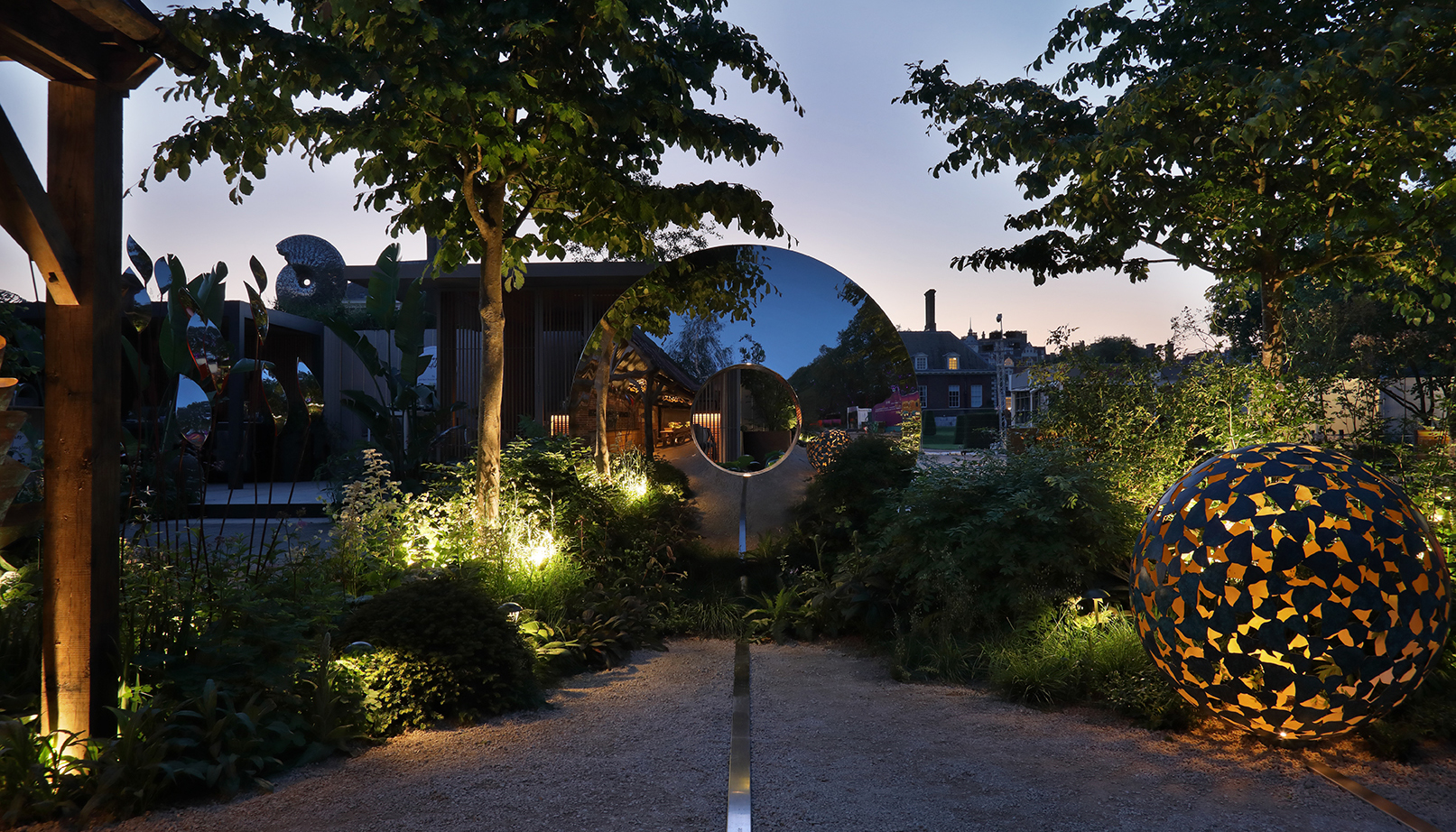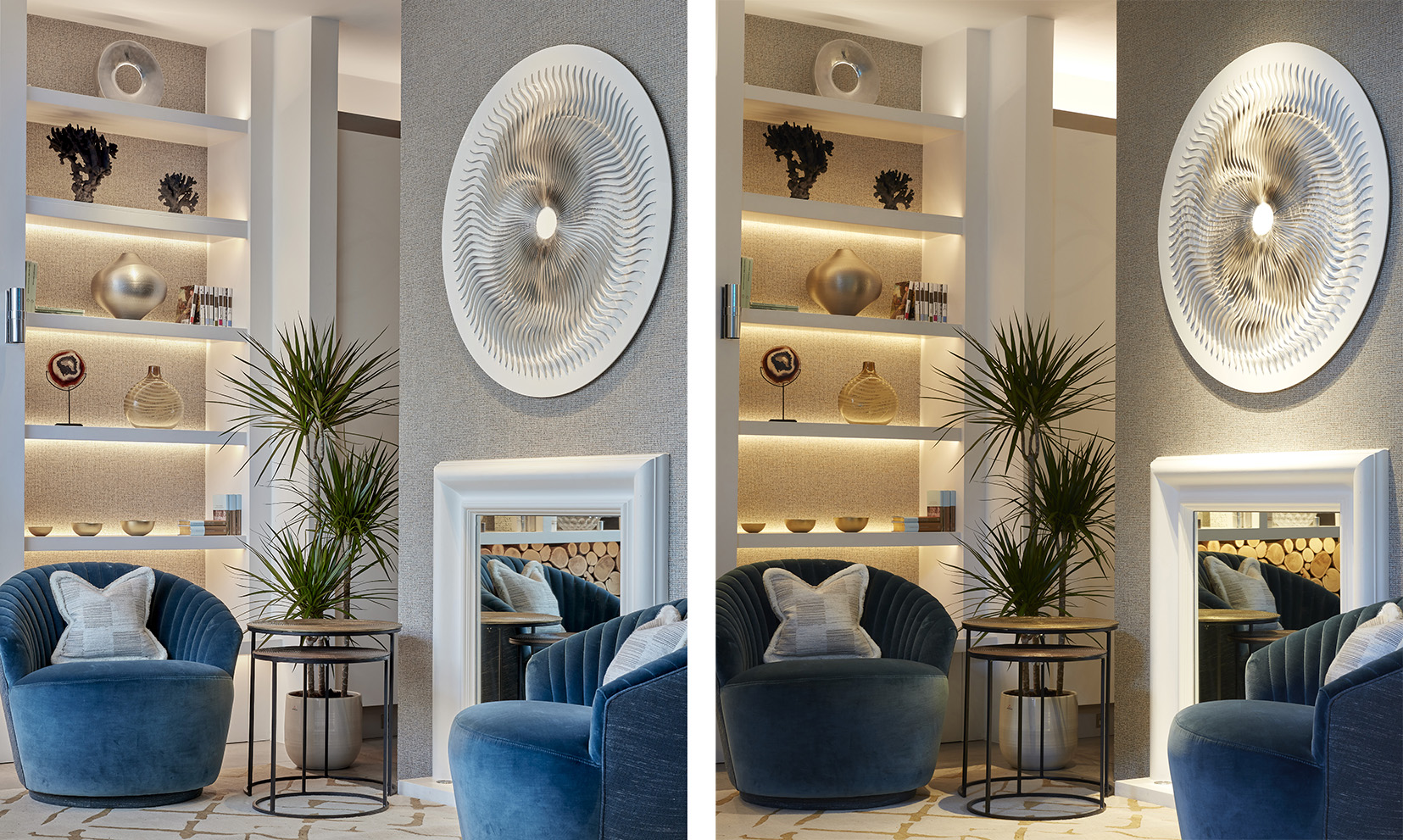Incorporating smart lighting controls is another essential aspect of implementing these technologies. Smart controls allow for easy adjustment of light settings through mobile apps or voice commands, offering convenience and personalization. These systems can be programmed to automatically adjust lighting based on the time of day as well as location of the property, ensuring that the home environment supports natural circadian rhythms. For new builds, integrating these controls into the initial wiring plan can streamline installation and future-proof the home for evolving technologies.
In conclusion, the integration of tuneable white LEDs and dim-to-warm LEDs into home lighting design represents a significant advancement in enhancing indoor environments for health, productivity, and comfort. By replicating natural light cycles and offering customizable lighting solutions, these technologies empower homeowners to create spaces that adapt to their lifestyle needs and support well-being. High CRI lighting ensures that these benefits are accompanied by excellent color rendering, further enhancing the visual and psychological comfort of home environments. As remote work and home-centric lifestyles continue to evolve, intelligent lighting solutions play a pivotal role in creating harmonious and nurturing living environments.
References:
– Chellappa, S. L., et al. (2011). Non-visual effects of light on melatonin, alertness and cognitive performance: Can blue-enriched light keep us alert? PLoS ONE, 6(1), e16429.
– Gronli, J., et al. (2016). “Lighting” up the brain: The link between light and intrinsic excitability of cortical networks. Frontiers in Neural Circuits, 10, 56.




